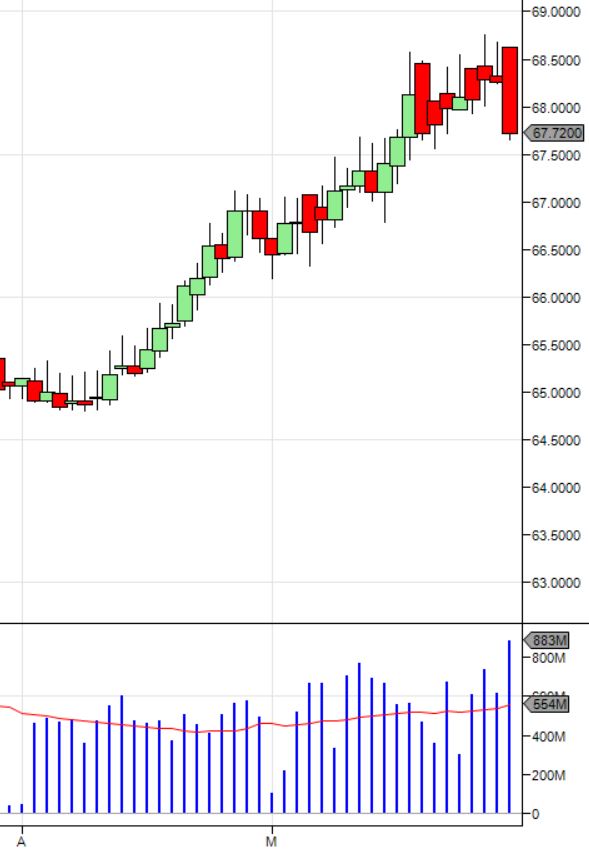In this blog, we will be learning a trading term known as the Bear Trap. We will discuss the meaning of this word, learn how to identify a trap, and learn how to protect oneself from losses when caught in such a trap.
Bear Trap
Trading itself might look like a trap to people who are not familiar with the markets. Even for those who are familiar with the markets, there are certain traps which they must avoid. A Bear Trap is one of those primary traps in the market which a trader should be familiar with.
Getting caught in a bear trap will hurt a trader’s PnL significantly as these traps are usually quick moves with almost no chance to recover. Understanding the underlying market movement during a bear trap can help you identify it and conserve your PnL.
A bear trap usually occurs when the market incorrectly signals the reversal of a bull trend in the market. Let us discuss the various reasons why and how a trap is set for the bears (sellers) in the market.
Conditions for a Bear Trap
The primary and necessary condition for a bear trap to work is an existing bull trend in the market or piece of news that turns the overall sentiment of the market bullish. When such strong bullish sentiment is seen in the markets, some traders try to make a quick buck by trading the trend. Most of these traders have shortstops, small holding time and retail in nature.
A bear trap is set, intentionally or unintentionally, when these small or retail traders get caught in a sharp reversal of the bull trend. This sharp reversal might be due to the profit booking by institutional investors, or a new fund entering the market to squeeze the weak longs (retail traders).
But this sharp reversal might be seen as a sign of trend reversal by bearish traders who are looking for a top formation. These traders might want to short the market, either because they feel that the market is overvalued, or because they feel that a correction of the trend is imminent. The bearish traders often mistake this reversal and enter the market hoping to ride the wave of liquidation by small traders.
Usually, such sharp downward moves in a bull market last for a very short time, and any bearish traders shorting the market after the sharp sell-off are caught at the bottom of the move.
How to identify a Bear Trap
Let us understand how to identify a bear trap with an example. Let us say that I see a sharp selloff in a bull market, then I will check if this move is accompanied by an above average traded volume and if there are no new external factors that can justify a sharp reversal in trend. If these criteria are met, then I would expect the move to be a bear trap and expect the market to remain sideways temporarily and resume the trend later. So, I will hold my longs and wait for the highs to be tested again.
Bear Trap in charts
Let us see an example of a bear trap in live markets. In 2018, the currency USD/INR witnessed a sharp rally. During the course of this rally, one day there was a significant sell-off combined with a huge spike in volume traded.

Following the sell-off, there were a couple of days where the market continued to be bearish to sideways. But once the market recovered and re-tested the highs, the rally resumed and the market closed much higher.

This is a classic example of a bear trap. Any traders who shorted the market thinking that the rally was over, were definitely trapped by the market movement later.
Short selling and bear trap
Bear traps also occur when bearish traders enter short positions using their margin accounts. These traders feel maximum pain and are forced to cover their shorts at the earliest when markets recover from the lows and their margin calls get triggered. This situation can materialize even when the market is not in a bull trend. Short selling bans and interventions by central banks are an excellent example of how bearish sentiment can convert into a short squeeze or a bear trap.
How to avoid bear trap
The best way to avoid a bear trap is to have a firm exit criterion in place and set a tight stop loss. Effective risk management and timing your entries and exits correctly can make a good difference in the outcome of the short trades.
Another way to avoid a bear trap will be to set the recent trend highs as the stop loss point and enter a short trade.
Bear Traps are commonly found in intraday forex markets. To learn more about the pitfalls of forex markets and how to trade using new techniques please visit our latest course.
Disclaimer: All investments and trading in the stock market involve risk. Any decisions to place trades in the financial markets, including trading in stock or options or other financial instruments is a personal decision that should only be made after thorough research, including a personal risk and financial assessment and the engagement of professional assistance to the extent you believe necessary. The trading strategies or related information mentioned in this article is for informational purposes only.

